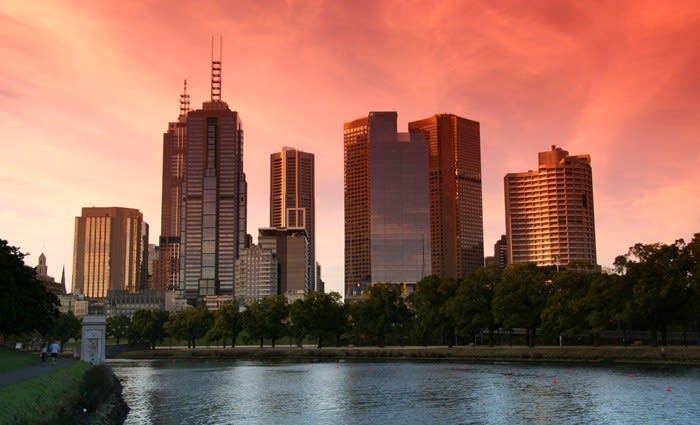Sydney, Melbourne hotel markets coming into line: Gus Moors
GUEST OBSERVER
Australia's hotel market, particularly in the global cities of Sydney and Melbourne, is experiencing an unprecedented alignment of positive fundamental indicators, representing some of the best conditions in the Asia Pacific region.
In the first nine months of 2016 there has been approximately $1.7 billion of hotel transactions, including the $700 million Zhengtang Group investment into the Ribbon development in Sydney.
High occupancy rates, a benign supply outlook and increased air capacity from new markets like China and India characterise a positive outlook.
In addition, the growth in white collar worker numbers within our CBDs is fuelling office growth and therefore strong corporate demand for hotels.
International passenger movements to and from Australia in 2015 were at record levels reaching 34.9 million, up from 33.1 million in 2014. This trend has been playing out for some time, with consistent annual growth of over 5 percent in passenger movements on international airlines to and from Australia over the past 5 years.
While these market indicators clearly show why the sector has a spring in its step, policy and planning changes at a local level are also driving new opportunities and seeing the industry adapt.
One response we are witnessing is that developers, who have built their business on residential development, are now attracted to the cash flow hotels provide to enable them to trade through cycles.
The recently released Central Sydney Planning Strategy identifies 10 'key moves' to ensure the city can adapt to the projected growth over the next 20 years. The Strategy puts at its core a focus on mixed use developments which cater to the diverse demands of workers, residents and visitors.
Incorporating hotels as part of mixed use developments is an obvious answer. In this way developers can address issues like solar access and leverage greater FSR and height.
Together this means we are likely to see increased levels of hotel development in key markets over the short and medium term. The difference with this particular development cycle versus historic ones is that it is underpinned by strong fundamentals, backed by tourism-generating infrastructure like the International Convention Centre, and capped off by a strong appetite for hotel investment opportunities driven by on-shore and offshore investors.
When this is combined with mixed use offerings - retail, residential and commercial - it helps to ensure the viability and long term sustainability of hotel development projects.
Gus Moors is head of hotels, Colliers International and can be contacted here.
